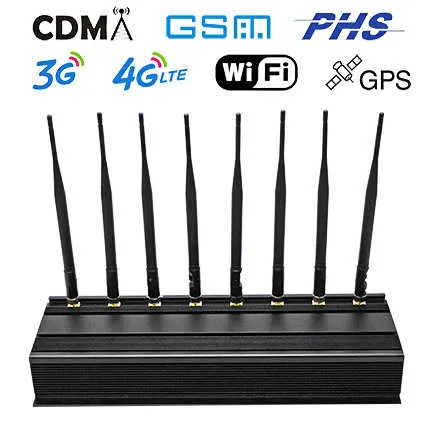A quick and dirty guide to cell phone surveillance during protests
- As an uprising of police brutality and institutionalized racism swept the country, many faced the full force of law enforcement weapons and surveillance for the first time. Whenever protesters, phones and police are in the same place, protesters should be concerned about cell phone surveillance. Often, security practitioners or other protesters will advise local law enforcement to respond to such concerns by using cell site simulators (also known as CSS, IMSI receivers, Stingray, Dirtbox, Hailstorm, Fake Station Base, or Crossbow). But a lot of times
- The bottom line: There is little concrete evidence that the United States is using cellphone simulators against protesters. The threat of mobile phone simulators should not deter activists from voicing dissent or using mobile phones. On the other hand, since more than 85 local, state, and federal law enforcement agencies across the country have some type of CSS(some of which are used hundreds of times a year), it's not unreasonable to include cellular sites if you're going to participate in protests and take a few simple steps to protect yourself, include simulators in your security plan.
- Locating a specific mobile device (and its owner) is rumored to be the most common use for cell site simulators by law enforcement, but conversely, it may be the least useful in the event of an incident. Locating specific people during protests is of little use because police can usually already see where everyone is using helicopters and other visual surveillance methods. However, in some cases, police may want to use CSS to discreetly track protesters instead of using on-site teams or helicopters.
- Denial of service or signal jamming is an additional feature of CSS. In fact, the FBI has admitted that CSS can interfere with people's signals in the area. Unfortunately, for the same reason, it's hard to detect CSS usage and how often they intentionally or unintentionally interrupt services. What appears to be signal interference can also be overloading of cell towers and loss of connection. When many people suddenly gather in one place, the network can become overloaded with more traffic than it was designed for.
How does a drone RF jammer work?
There are a number of technologies in development aimed at preventing dangerous drones from entering no-fly zones or harming civilians. Among them, radio frequency (RF) jamming, or jammers, can be used to disrupt the RF signal of the drone, thus causing it to be disabled.
Rf jammers are designed to disrupt drones or drones by emitting RF electromagnetic noise, which drones use to operate and transmit video at levels high enough to disrupt any effective communication between the system and its pilot. Reference number
Typically, this RF interference occurs at 2.4GHz or 5.8GHz, which are public "unassigned" frequencies. Using these frequencies, wifi blocker do not interfere with manned aircraft, mobile communications, public broadcasting, or other dedicated radio bands.
Jammers can be effective against drones from miles away. Most RF jammers work by the ratio of the distance between the drone and the jammer to the distance between the drone and its pilot. In general, the farther the drone is from the pilot and the closer it is to the jammer, the better. The typical effective orientation of a jammer is a cone of about 15-30 degrees, protruding forward from the muzzle (this is also affected by the RF band and power of the jammer).
In addition to RF interference, GPS interference can also be used, as a large number of drones rely on GPS to balance the wind direction or navigate between predetermined points.
When a drone is intercepted by a signal from an RF uav jammer, the system typically returns to its origin (unless the GPS is also interfered with), allowing the user to track the drone.
Aircraft are especially vulnerable when GPS stops working. In addition to making navigation more difficult, systems that warn of the danger of colliding with other aircraft stopped working.
- We find that other authorities take the problem somewhat seriously, but are a little confused when it comes to solving it. Captain Aleksander Wasland of Vidler Island said it was very good news that the armed forces were interested and that there was also interest in civil aviation.
He himself was trapped twice.
"What really bothers us is that when the GPS is blocked, we have several systems that don't work, and that's a problem for flight safety," Vaslan said.
There is still some work to be done before the notification system can work. The signals picked up by the satellite this weekend will now be analyzed in the United States.
This is very exciting work, but it's too early to tell if the satellite successfully picked up the cell phone jamming signal we sent over the weekend. 'We'll know in the future,' Mr. Candola said.
Currently, there are only three satellites in the system, operated by the American company Hawkeye 360. Not enough to make an early warning system work optimally.
The three satellites are in polar orbits around the Earth, and they don't cover the entire planet at once. But the company plans to launch more satellites and then we will get better and more continuous coverage of Norway, "Kandola said.
Great Independence Day Sale! ! !
10% discount on our website right now.
Stack discount codes to get at least 20% off!
Maybe after two days the activity will disappear.
If you need, you can contact us to place an order.
Date: July 1st to July 7th




 留言列表
留言列表


